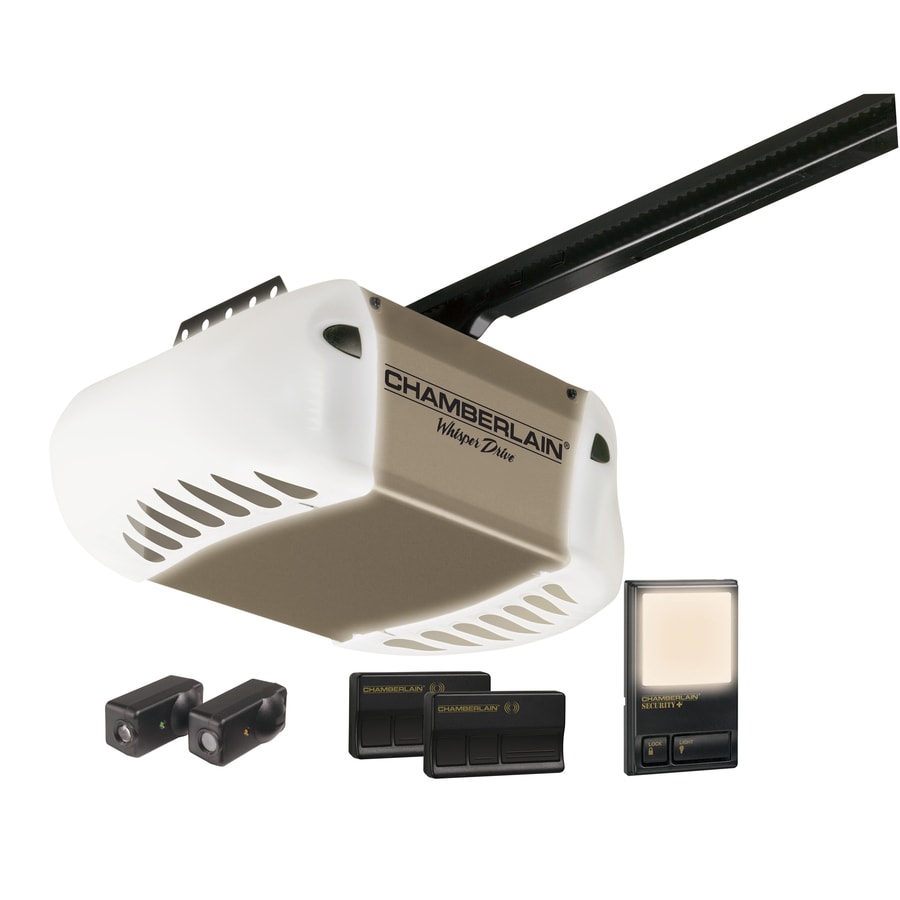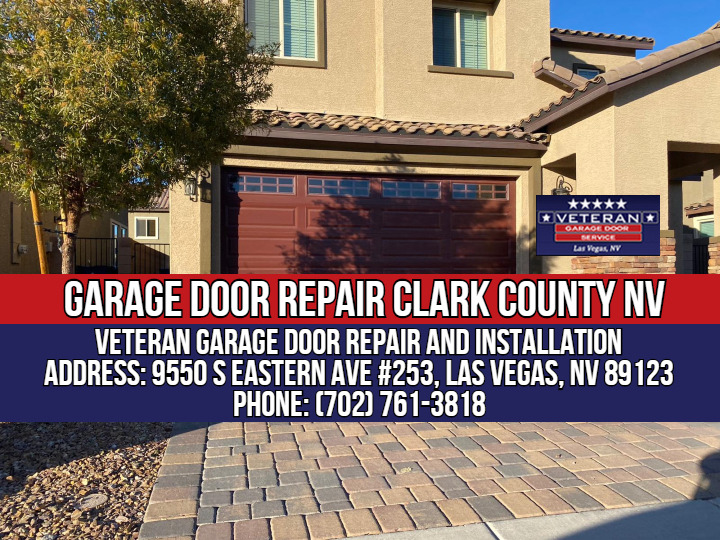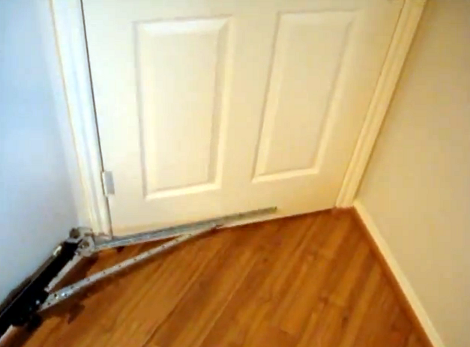
Garage plans that include living space are a great option to add extra rooms to your home. These plans can be used for many purposes, including guest suites, studios, offices, or even granny flats or in-law suites.
The range of designs available in this category is vast. They include simple one- to two-bay apartments as well as larger, two-story apartment blocks. This type of building allows you to make the most of your detached garage space and create the perfect space for your needs.
In some cases, a homeowner may have a lot of garage space already but not enough space to fit a full house. Garage apartment plans are very popular because they allow you to add a room to your garage without having to take down your existing house.

Consider the size of your garage as well as your family's lifestyle when choosing a plan. If your garage has only one car, you will want a studio unit or a 1 bedroom unit. This size is great for a home studio, art studio, or small home gym.
If you have two car garages, you can make a larger 2-bedroom suite. These garages are usually 22-24 feet (6-7m) wide and 20-30ft (6-9m) deep. You'll be able to create a spacious and comfortable suite with a kitchen and living area.
For homeowners who need to add more space to their home, an accessory dwelling unit is another option. These plans are increasingly popular in areas like Seattle and Portland, where density is important. They can be a cost-effective option for adding an extra bedroom or apartment to a home and are often the only way to build in areas that have zoning restrictions.
ADUs may be a great option to increase the home's worth and extend your living area. However, you should be aware of the laws and regulations in your area regarding the number of ADUs allowed on a particular lot, and how they're to be used.

ADUs can either be occupied permanently by the owner or rented out. If you're a landlord, consider selecting a garage apartment plan that includes an entrance on the main floor so that you can easily access your rental.
ADUs may also include an exterior doorway with interior stairs. This allows people with mobility difficulties to get into the space. If you're creating an ADU for an elderly parent, ensure it has a large entrance so that they can maneuver their wheelchair or scooter into it.
Box Living's Waiheke Island sleepout design, New Zealand is a modern take on this timeless idea. The wooden walkway runs down the steep slope of this contemporary building to reach the sleeping area below. This sleepout is an elegant, functional and beautiful piece of architecture that celebrates the idiom's timeless charm.
FAQ
What is the cost of tile for a shower?
Do it yourself if possible. A full bathroom remodel is considered an investment. However, quality fixtures and materials are worth the long-term investment when you consider how beautiful a space will be for many years.
You can make a big impact on how your room looks. So whether you're planning a small project or a major renovation, here's a quick guide to help you choose the best products for your home.
First, you need to choose which flooring material you want. There are many options for flooring, including ceramics, porcelain, stone and natural wood. Next, choose a style such as a classic subway tile or a geometric pattern. The last step is to choose a color scheme.
You'll probably want to match the tile to the rest of the room for a large bathroom remodeling job. You may choose white subway tile for your bathroom and kitchen area, but select darker colors for other rooms.
Next, calculate the project's size. Are you ready to renovate a tiny powder room? Or, would you rather have a walkin closet in your master bedroom?
After you have determined the scope of work, visit local shops to see samples. You can then get a feel of the product and how it is installed.
Shop online for amazing deals on ceramic and porcelain tiles Many retailers offer free shipping and discounts on bulk purchases.
How long does it typically take to renovate a bathroom?
Two weeks is typical for a bathroom remodel. This can vary depending on how large the job is. For smaller jobs such as installing a vanity or adding an stall to the bathroom, it can usually be done in just a few hours. Larger projects such as removing walls, laying tile floors, or installing plumbing fixtures may require several days.
As a general rule, you should allow at least three days for each bedroom. This means that if there are four bathrooms, you will need 12 days.
Is $30000 too much for a kitchen redesign?
The cost of a kitchen remodel can vary from $15000 to $35000, depending on the amount you spend. For a complete renovation of your kitchen, you can expect to pay over $20,000. If you are looking to upgrade appliances, paint or replace countertops, it is possible to do this for less than $3000.
A full-scale renovation typically costs between $12,000 and $25,000 on average. But there are ways to save money without compromising quality. You can replace an existing sink with a new one for around $1000. You can also purchase used appliances at half of the cost of new.
Kitchen renovations take more time than other types. So plan accordingly. You don't want to start working in your kitchen only to realize halfway through that you're going to run out of time before completing the job.
You are best to get started as soon as possible. Begin looking at the options and getting quotes from different contractors. Then narrow your choices based price, availability, quality, or both.
Once you've identified potential contractors to work with, ask for their estimates and compare the prices. The lowest-priced bid isn't always the best choice. It is important to find someone with the same work experience as you who will provide a detailed estimate.
Add all costs to the final cost. These may include additional labor, material charges, permits, etc. Be realistic about how much you can afford and stick with your budget.
You can be open about your dissatisfaction with any of these bids. If you don't like the first quote, tell the contractor why and give him or her another chance. Don't let your pride prevent you from saving money.
What is the difference in a remodel and a renovaton?
Remodeling is any major transformation of a room or portion of a bedroom. A renovation is minor changes to a room, or a portion of a bedroom. A bathroom remodel, for example, is a major undertaking, while a new sink faucet is minor.
A remodel involves replacing an entire room or part of a whole room. Renovating a room is simply changing one aspect of it. A kitchen remodel might include the replacement of countertops, sinks as well as appliances, lighting, and other accessories. A kitchen remodel could also include painting the walls or installing new lighting fixtures.
Which order should you renovate the house?
First, the roof. The second, the plumbing. Third, the wiring. Fourth, the walls. Fifth, the floor. Sixth, windows. Seventh are the doors. Eighth, the kitchen. Ninth, the bathrooms. Tenth is the garage.
Once you've completed these steps, you can finally get to the attic.
If you don't know how to renovate your own house, you might hire somebody who does. Renovation of your house requires patience, effort, time and patience. It will also cost money. So if you don't feel like putting in the hours or the money, then why not let someone else do the hard work for you?
Renovations are not always cheap but can save you lots of money in long-term. A beautiful home can make your life easier.
How do I determine if my house requires a renovation or remodel?
First, check to see whether your home was updated in recent years. You might want to renovate if you haven’t had any home updates in several years. However, a remodel might be the best option for you if your home seems brand-new.
Your home's condition is also important. A renovation may be necessary if your home has holes in its drywall, cracked wallpaper, or missing tiles. It's possible to remodel your home if it looks good.
Another factor to consider is the general state of your home. Is your house structurally sound? Do the rooms look clean? Are the floors spotless? These questions are critical when deciding what type of renovation you should do.
Statistics
- According to a survey of renovations in the top 50 U.S. metro cities by Houzz, people spend $15,000 on average per renovation project. (rocketmortgage.com)
- 57%Low-end average cost: $26,214Additional home value: $18,927Return on investment: (rocketmortgage.com)
- About 33 percent of people report renovating their primary bedroom to increase livability and overall function. (rocketmortgage.com)
- Windows 3 – 4% Patio or backyard 2 – 5% (rocketmortgage.com)
- Following the effects of COVID-19, homeowners spent 48% less on their renovation costs than before the pandemic 1 2 (rocketmortgage.com)
External Links
How To
How do you plan your bathroom budget?
A remodeling project's most important aspect is making sure you can afford it. How will you pay for it later if your budget isn't available now?
You need to be able to budget and plan for bathroom remodeling. It is not cheap to remodel a bathroom.
Labor is one of the largest expenses. Prices for labor vary depending on how big the job is and whether you are hiring a professional contractor or DIYer. Professional contractors are usually more expensive than DIYers because they have the experience and expertise.
Materials are another significant expense. Prices for materials can range from $100 to $1000 depending on what type you use.
Last but not least, let's not forget about the cost of energy. This includes both electricity and gasoline bills. Peak demand will cause energy prices to rise.
It is also important to think about the time needed to complete the job. Bathroom renovations require patience and a lot of time. While some projects can be completed in weeks, others can take up to months.
Beyond these three categories, there are many smaller items, such as paint, wallpaper or flooring, that add to the overall cost of the project.
To help you determine the best way to approach your bathroom remodeling project, here are some tips to keep in mind:
-
Determine Your Budget - Before starting any remodeling project, you should figure out what you can afford. It doesn't matter if you think you can afford it or not. The key is to set a realistic budget, so you know exactly where you stand financially.
-
Plan ahead - Try to plan your bathroom remodeling for the off-season if you can. Lower energy usage in winter means you'll save money on heating or cooling. You might even want to plan your remodel in the evening when less people use the toilet.
-
Look around - After you have established your budget, it is time to start looking for vendors. Many different options are available to you, including local businesses, online retailers, and even friends and family members who may be willing to work with you on the project.
-
You should choose an estimater - Once you have identified your potential vendors, it is time to contact them individually for estimates. To ensure that you receive competitive pricing, you should get multiple quotes.
-
Get multiple estimates - You should get several estimates after you have received your initial estimates. Compare them against each other to see which vendor is offering the lowest price. Once you have found this vendor, you should ask them to provide you with a written estimate.
-
You must include all costs when preparing estimates. Particularize on any fees, taxes, permits or other requirements that may be applicable to your area.
-
Don't ignore the small details. While you are planning your bathroom renovation, you must also consider the finer points. Are you looking for a new toilet, or do you just need one? Do you have enough space for a shower curtain rod in your bathroom? These changes can easily increase the total amount spent on the project.
-
Consider insurance - Your bathroom remodel will have a significant impact on your insurance coverage. Avoiding insurance can lead to additional costs down the line.
-
Hire a Professional. You might be able do the job yourself but it's much more enjoyable to have someone else do it.